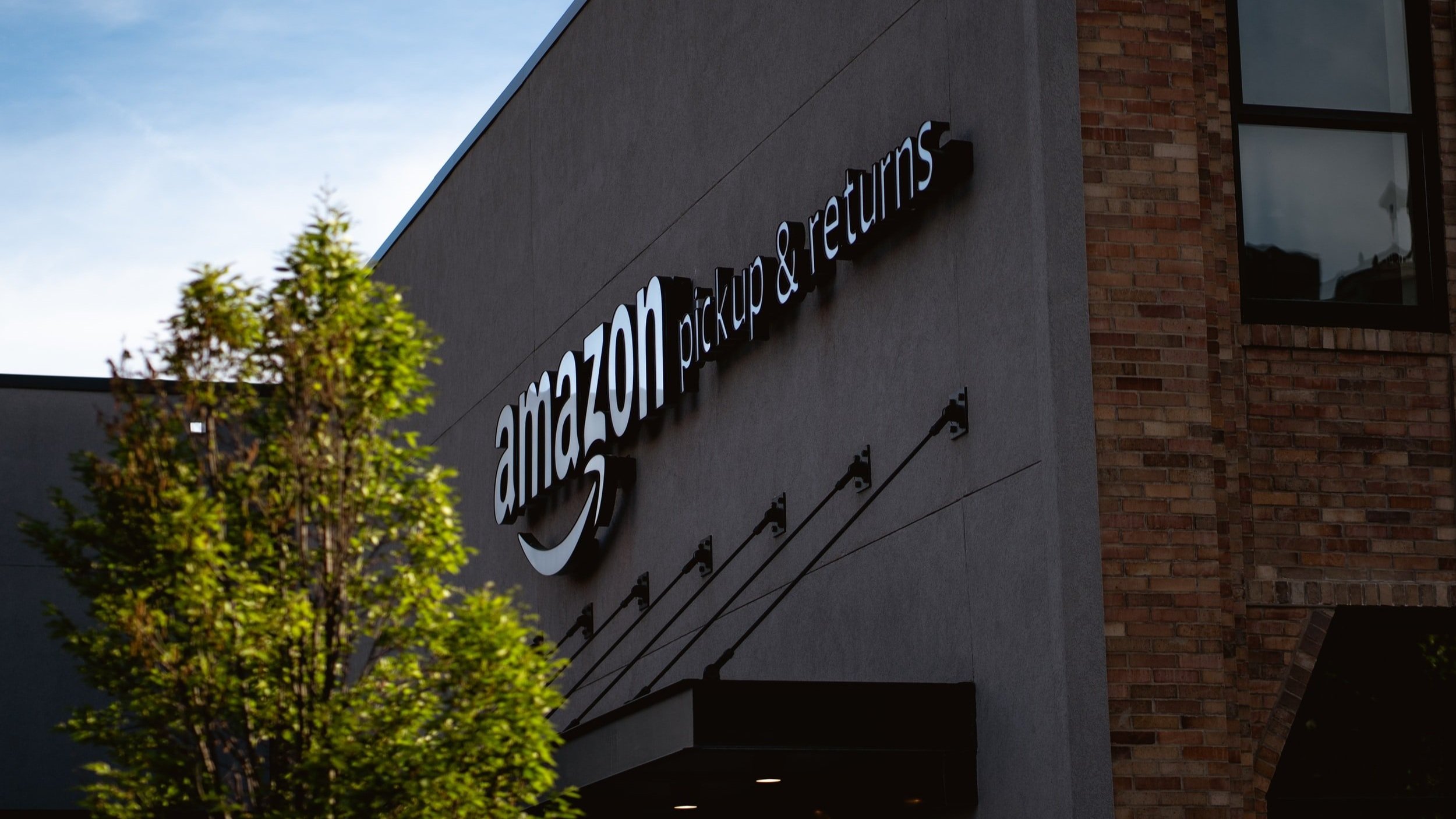A package arrives
I don’t recall what I bought
You got me, Bezos.
The first time I used Amazon to buy a book was in 2001. I bought a copy of “The Four Loves” by C.S. Lewis and had it shipped to my apartment in Santa Monica, CA. Unfortunately, two weeks after making the purchase the delivery person dropped the book off at the wrong address. Whoever lived there must have also been a C.S. Lewis fan. They kept the book.
As far as Amazon was concerned, the package was delivered and received. I had no way of proving that I didn’t have the book in my possession. At that time, the only way to fix the mistake was to buy another copy. I didn’t use Amazon again for a while.
My, how times have changed.
Back in 2001, Amazon was under fire for killing off the local bookstore. Now that the deed is done, we refer to it as “disruption.” Nowadays, Amazon has disrupted not only the book retail space, but the entire retail world, grocery stores, and delivery systems. It has not only slain bookstores, but major retailers like Sears and JC Penny, and have decimated shopping malls. They have enormously successful digital assistants, a movie studio, a streaming platform, and are competing with SpaceX to make space tourism and Mars colonization a reality.
If you were to plot out Amazon’s importance to global consumer culture over the last 20 years, it would look a lot like the flight path of a Blue Origin rocket for its first minute after launch. If only the actual Amazon was doing so well. At this rate, in 50 years humans will know Amazon more as an online retailer and one of the “A”s in FAANG than as a rainforest.
How has this happened?
In his book, Atomic Habits, James Clear lays out the elements of effective habit-building. Some of the rules he identifies are key to understanding Amazon’s trajectory and why so many of us have come to rely on it. Two examples:
“Make it easy”. To adopt a new habit, remove the barriers to entry. If you’re trying to exercise every day, starting with a 90 minute routine of long sprints and heavy lifting would be tough to do and hard to implement consistently. Five minutes of jumping jacks is easy to do and could be done every day.
Amazon has made it as easy as possible to buy stuff. Is there a more enticing button in all the internet than “Buy It Now”? Amazon Prime makes shipping free and preposterously fast. Unlike in 2001, returns and order cancelations could not be easier.
Conversely, have you noticed how much smaller and harder to find the “Add To List” button is? It’s not even a button. It’s a gray pulldown menu that doesn’t look or feel like a button at all. On my computer, I have to scroll the webpage down to even see it. By contrast, the bright yellow “Add To Cart” or the orange “Buy It Now” look like candy.
“Reduce friction.” If your jumping jack routine required you to clear the furniture out of your living room to have the space needed to do the jumping jacks, that would be a major obstacle that could derail your habit.
By contrast, Amazon removes nearly every obstacle between you and a purchase. Not sure if the product is a good match? Here’s 5000 reviews. Concerned about shipping? You can get it by this afternoon for free if you buy RIGHT NOW. Rather buy a used version? Here are some options to consider.
If you don’t know what you want to buy, or don’t want to buy anything at all, no problem! For that we have Prime Day, the national digital feeding frenzy every summer where thousands of products go on sale. Two seconds ago, I was perfectly fine and didn’t want anything other than to be done writing this article. Now I can’t stop thinking about that high definition monocular on sale for 70% off.
They got me again.
When something is so easy to do, so available, and you’re being reminded by media outlets, email newsletters, and online ads that Prime Day is right around the corner, how can someone channel Nancy Reagan and just say no?
James Clear has some thoughts on this as well. For every rule for making habits easier, Atomic Habits lists inversions of those rules that make habits harder. These ideas are helpful for kicking bad habits, like overspending on stuff you don’t need just because there’s an online sale.
The inversion of “Make It Easy” and “Reduce Friction” is “make it hard” and “increase friction.” Put obstacles in the way of the thing you shouldn’t be doing. If Prime Day gets you every year, as it does me, deleting the Amazon app from your phone would make it slightly harder to access the site and disable all the notifications the app sends you. You can also go online and remove all of the saved payment options from your Amazon account. Want to buy something impulsively? Now you’ll need to manually enter your credit card information. That might give your rational mind the time it needs to intercept the impulse to buy those solar-powered wind chimes, that earwax removal camera, or those Bluetooth noise-canceling sunglasses.
And if all of this fails, as it probably will, don’t worry. Prime Day will be here again next year to give you another chance to test your spending habits.


 (877)328-4037
(877)328-4037
